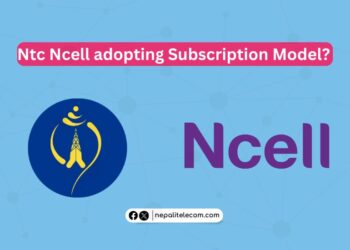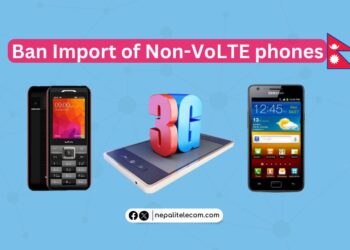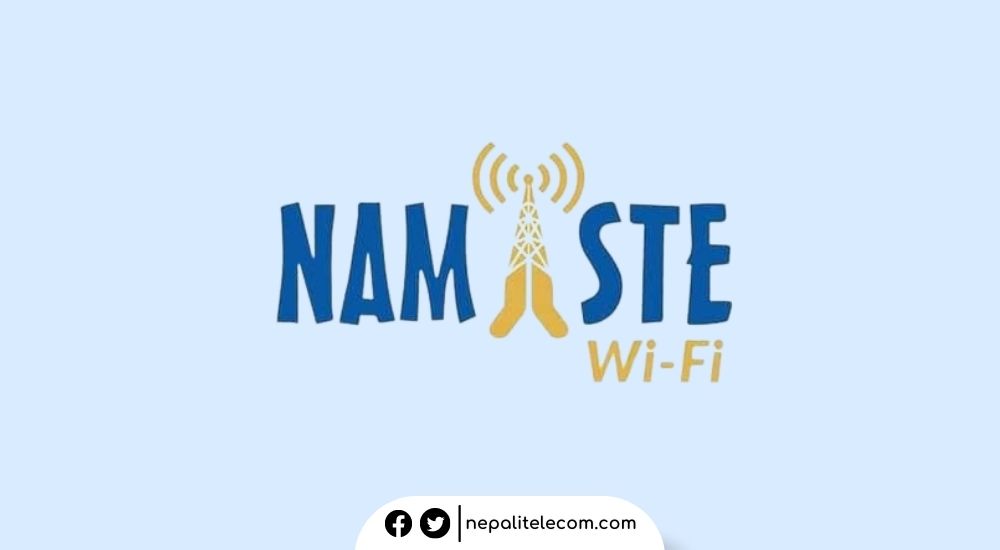Broadband comes in many shapes and sizes these days. In fact, broadband internet is highly accessible to almost everyone as long as the ISP covers the area. Unlike 10 years ago, broadband internet is like ice cream: it has over a multitude of connection types and internet speeds based on your own preference. However, that’s the concern here: what IS your preference to satisfy your internet cravings?
In this article, we’ll discuss briefly the numerous internet connections and the ideal internet speeds based on your preference. You can also read our separate article on how to connect internet at home.
The Three Best Internet Connections at Home
You got the three most common types: DSL, Fiber Optic and Cable. Honestly, it really doesn’t matter what you pick since these are all good in their own ways. Most ISPs provide DSL and Fiber connections while cable TV providers have a cable internet option.
It really depends on how much you’re willing to spend every month on internet bills. DSL and cable are significantly cheaper than fiber optic but the latter is capable of reaching internet speeds that are above and beyond the standard. Let’s take a closer look at each.
DSL
Also known as Digital Subscriber Line, DSL is the final form of the now-obsolete dial-up internet. It relies on a telephone connection, sending the signals from your device to your modem. This is the cheapest internet connection you’ll find. The biggest problem here is that DSL tends to slow down the more devices there are inside the home. If you have a small family, DSL is good, if you’re a large family, consider getting Fiber instead.
Cable
A slight step-up from DSL, cable internet connection directs its line from device to a modem and vice-versa through a TV cable connection. Its connections are thicker, meaning it is less prone to accidental disconnections and unwanted choppy internet reception whether you’re connected via ethernet or wireless.
Fiber Optic
Fiber optic cables use glass fibers within the wires, resulting in triple the average speed of DSL and Cable. However, the biggest drawback here is the price.
Ideal Internet Speeds
Here’s where things get pretty interesting. DSL and cable internet usually provide 1 to 10 Mbps internet speed. Fiber can go from 20 and up to 1Gbps. For example, America’s AT&T Internet provides both affordable DSL connections and premium Fiber internet with multiple average internet speeds (see the full review here). We’ll show you what’s the best speed for your home.
1-5 Mbps
Cheapest in the group. Great for casual video streaming at SD quality (360p to 540p), music streaming, online gaming, and all the basics of internet browsing. Downloading 10GB or more will take hours, though. And, since this is DSL, the internet speed throttles for everyone else connected when someone is downloading large files or streaming at 540p.
6-15 Mbps
A slightly upgraded version of the former, this is good enough for seamless 720p streaming and gaming. Speed can still throttle when someone is simultaneously downloading files online.
20-300Mbps
Powered by a fiber optic connection, this is best if you’re doing live streams, upload HD videos or if you want to stream Internet TV at 1080p. Gaming will also become a breeze with minimal lag and smooth gameplay. Also, internet speeds will not slow down anymore when someone is downloading or streaming in HD. Multiple connected devices will not slow down either. Price is reasonably fair.
500 Mbps-1000Mbps
At this point, your internet is like NASA. We don’t need to tell you how lightning fast this is. However, your internet bill may be higher than your rent or even more.
ALSO READ: How to choose/select best ISP in Nepal?
Recap
Which speed you prefer really depends on you and the number of people you have in your household. But to be safe, we recommend getting a fiber connection so you’re future-proof.













